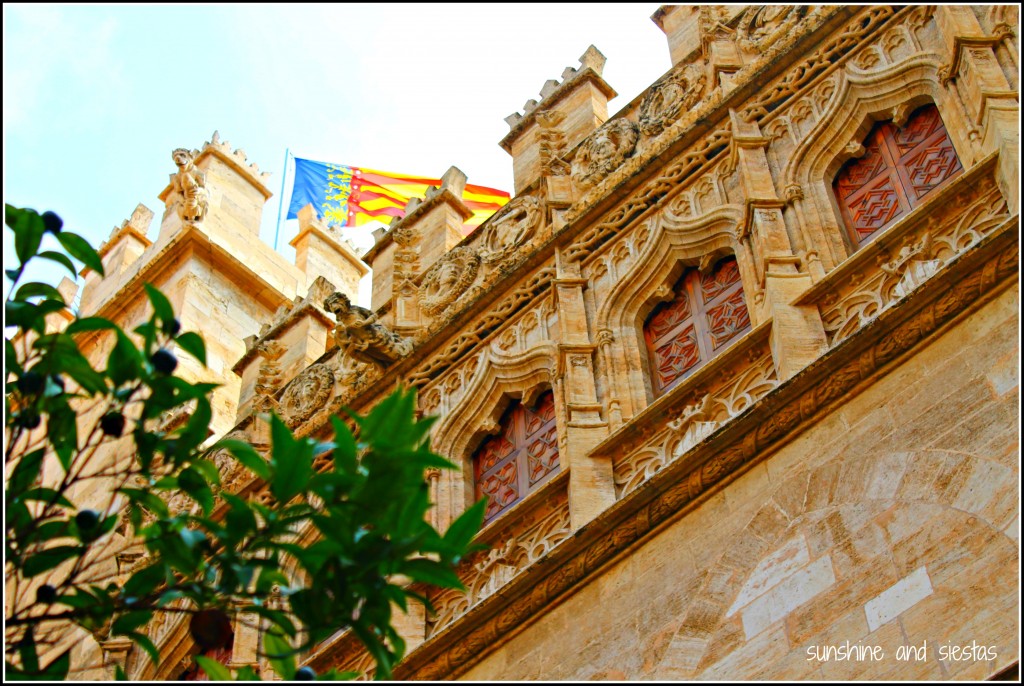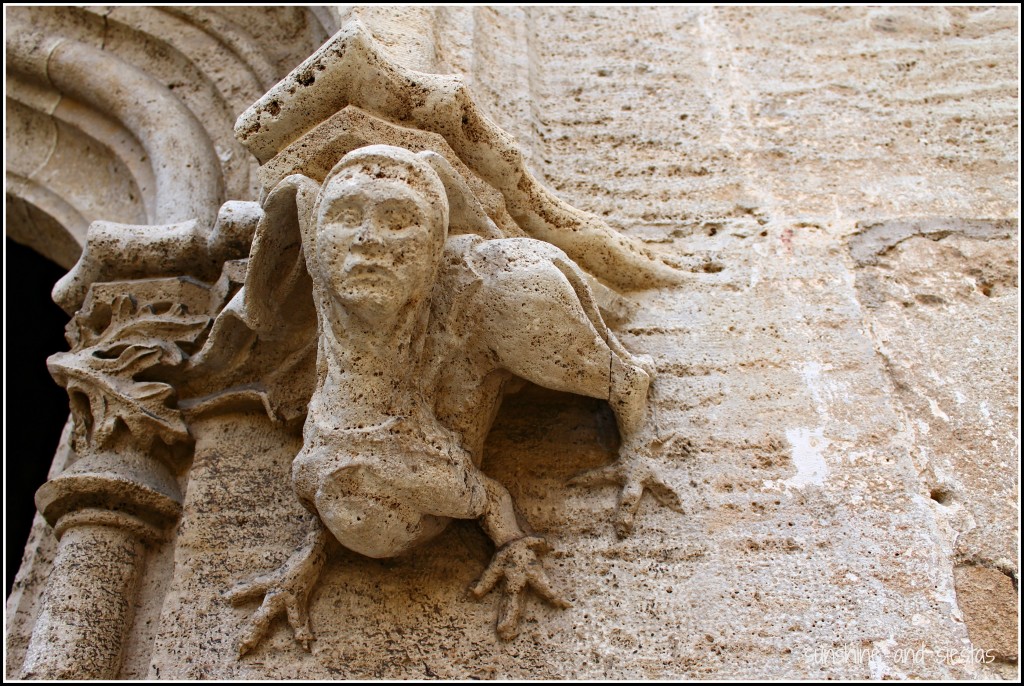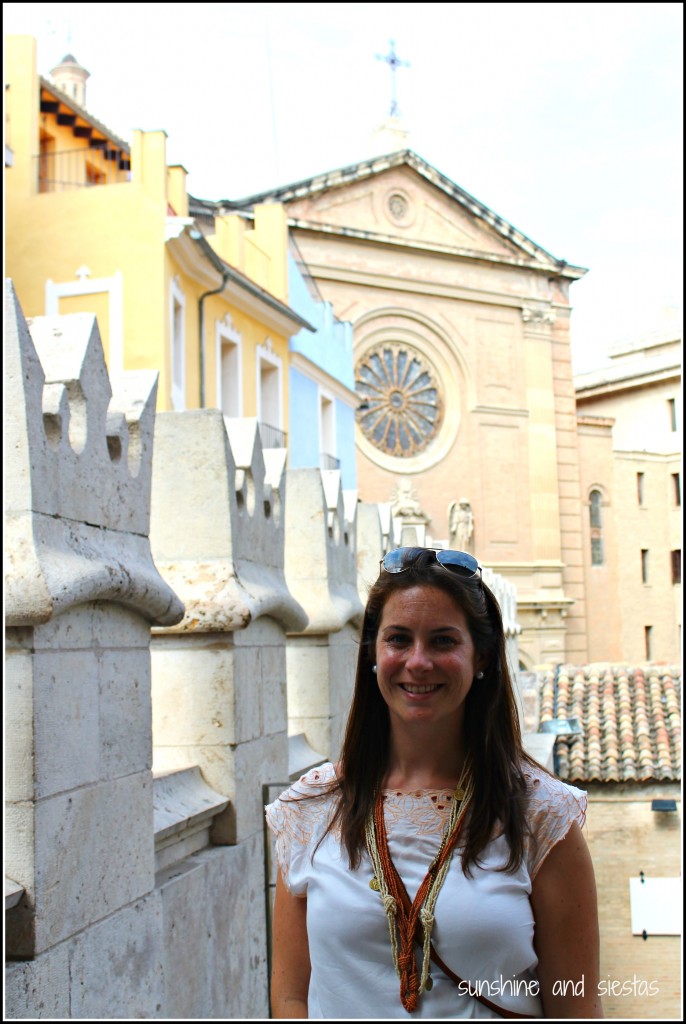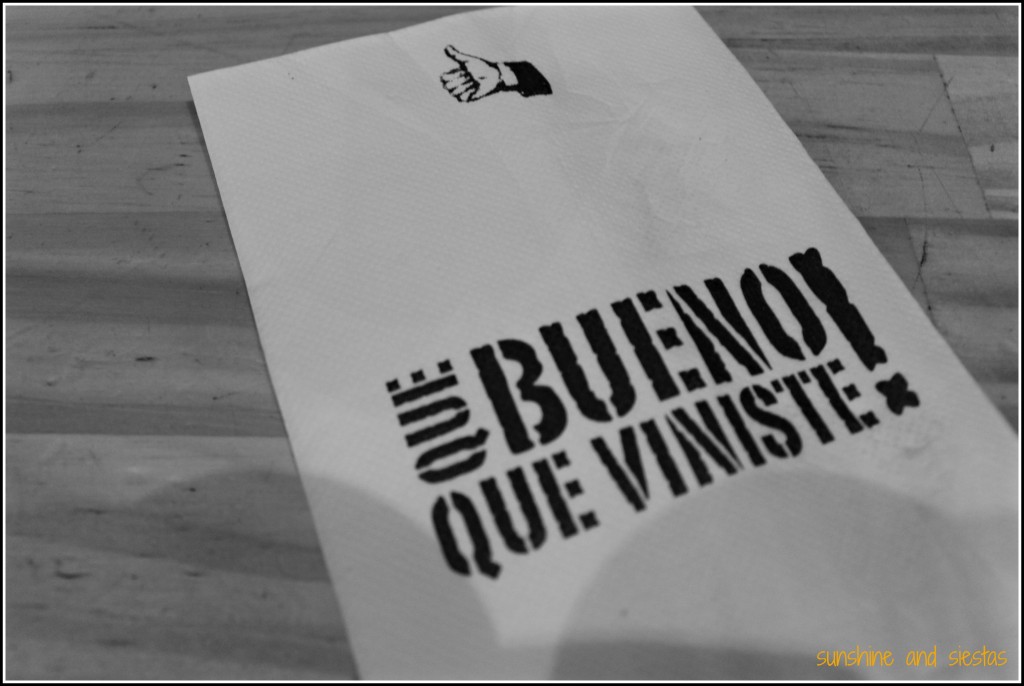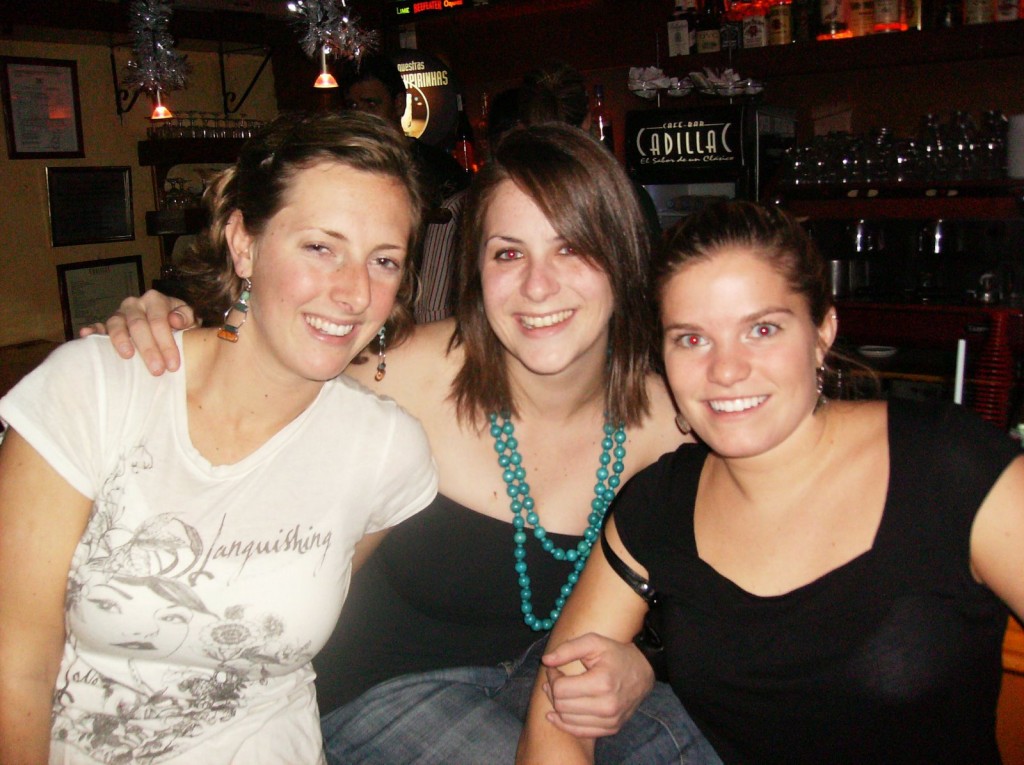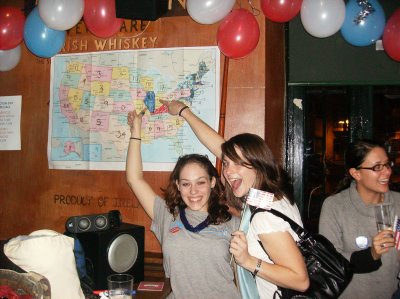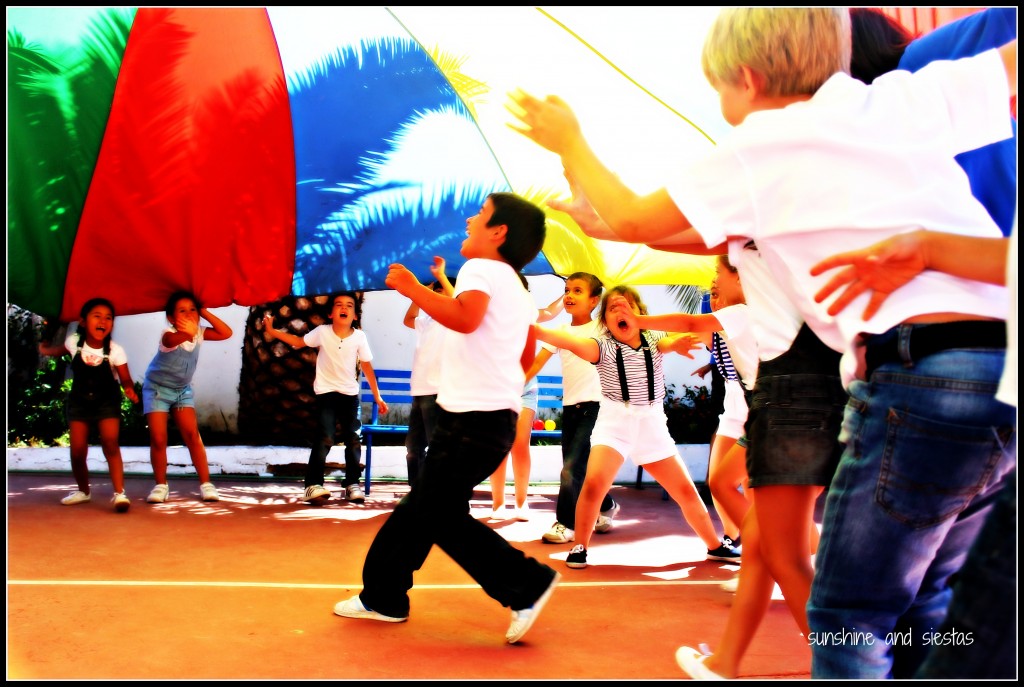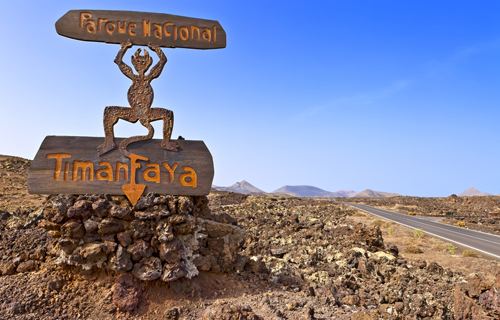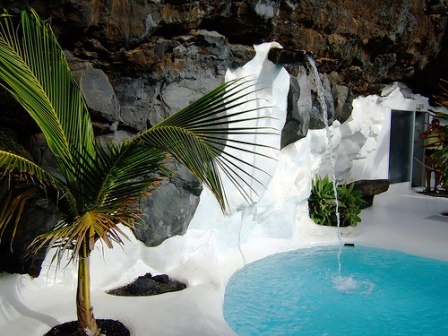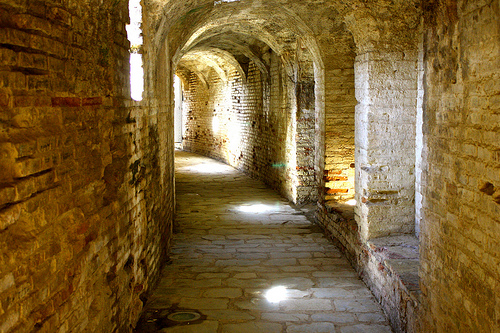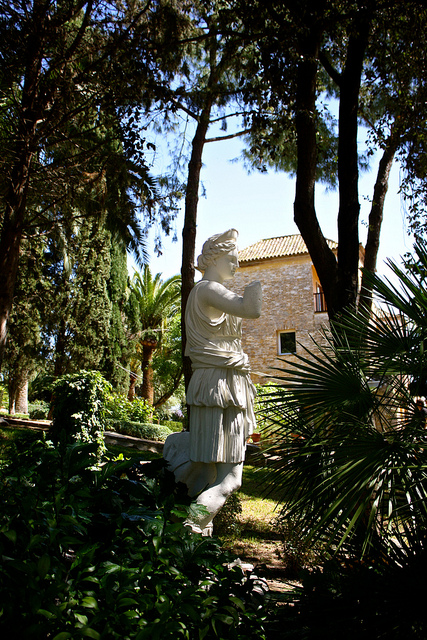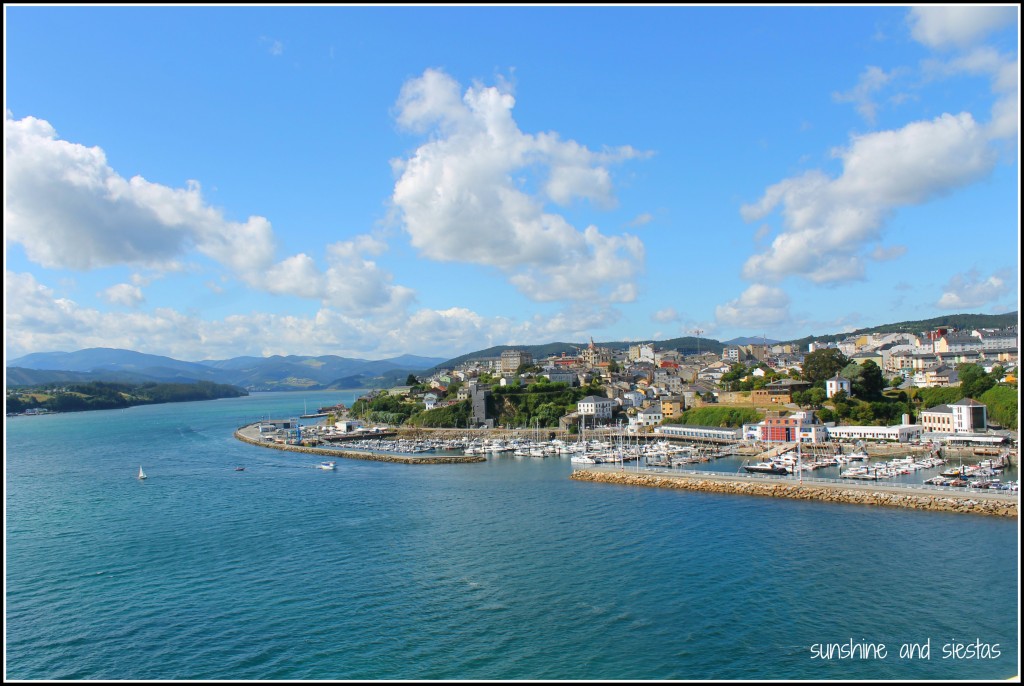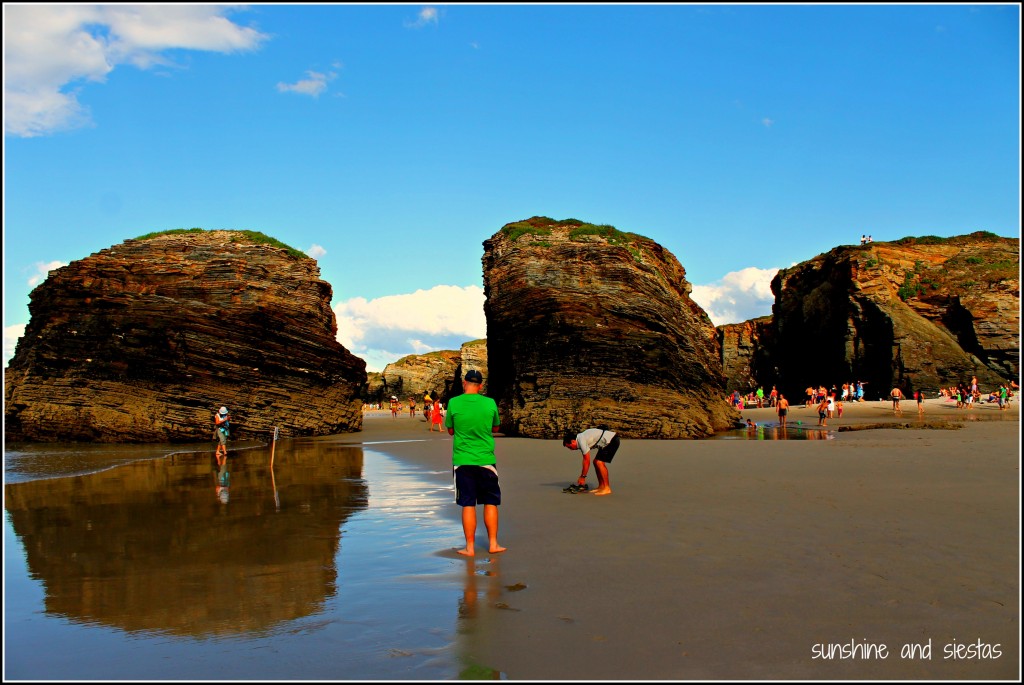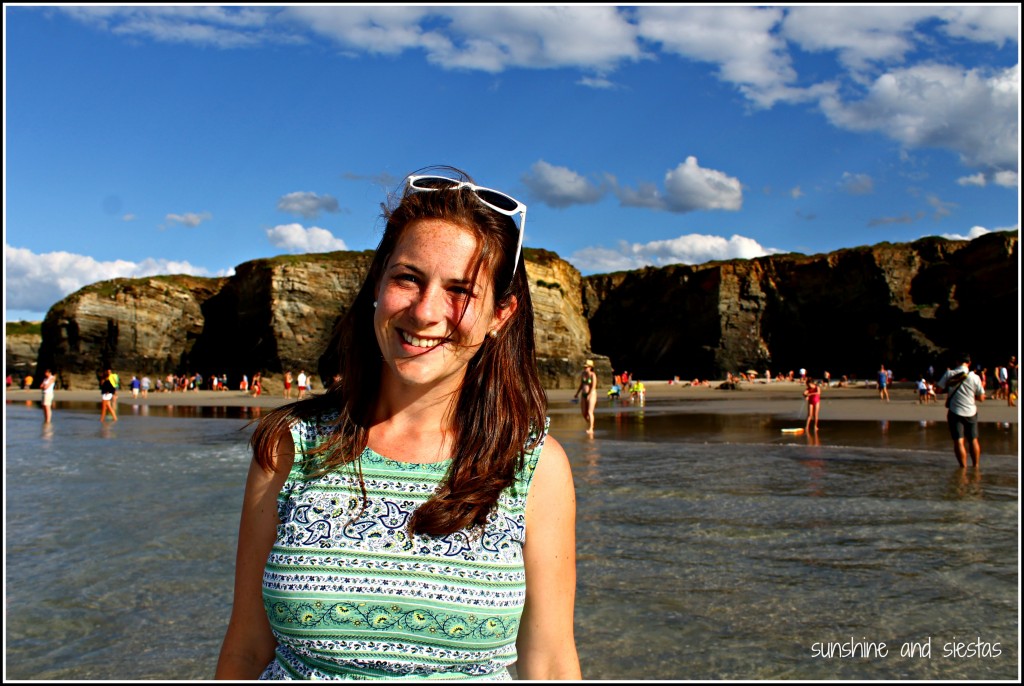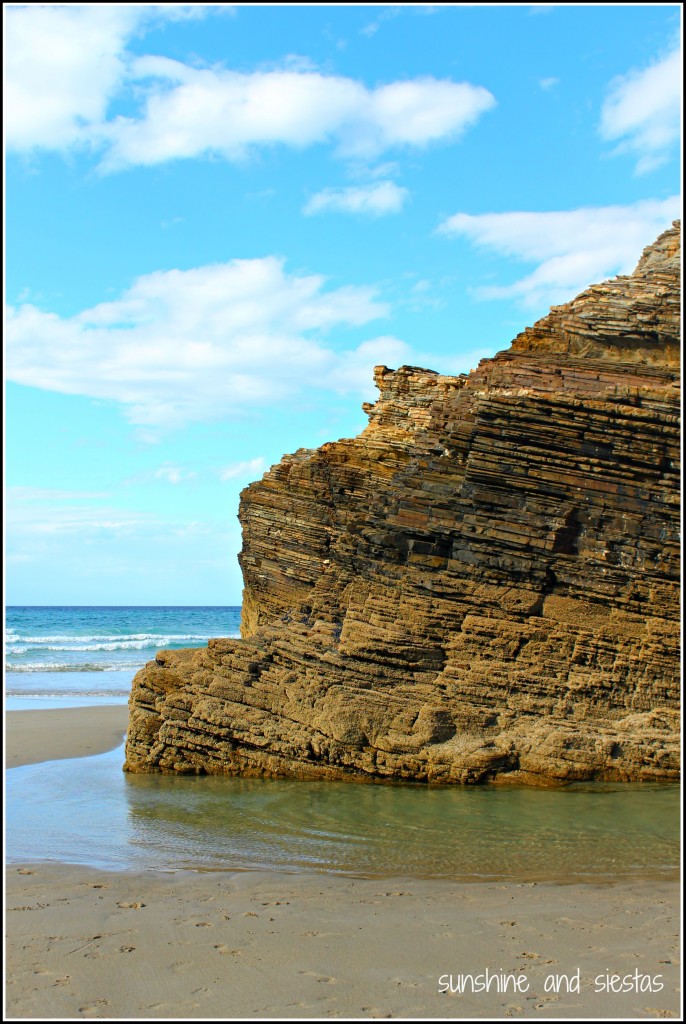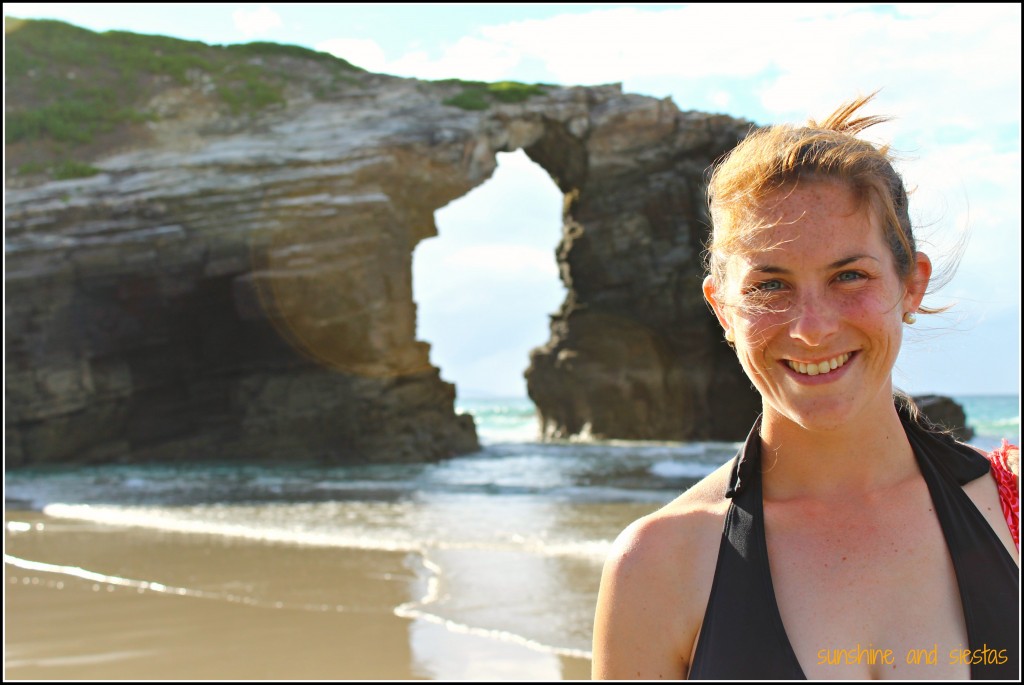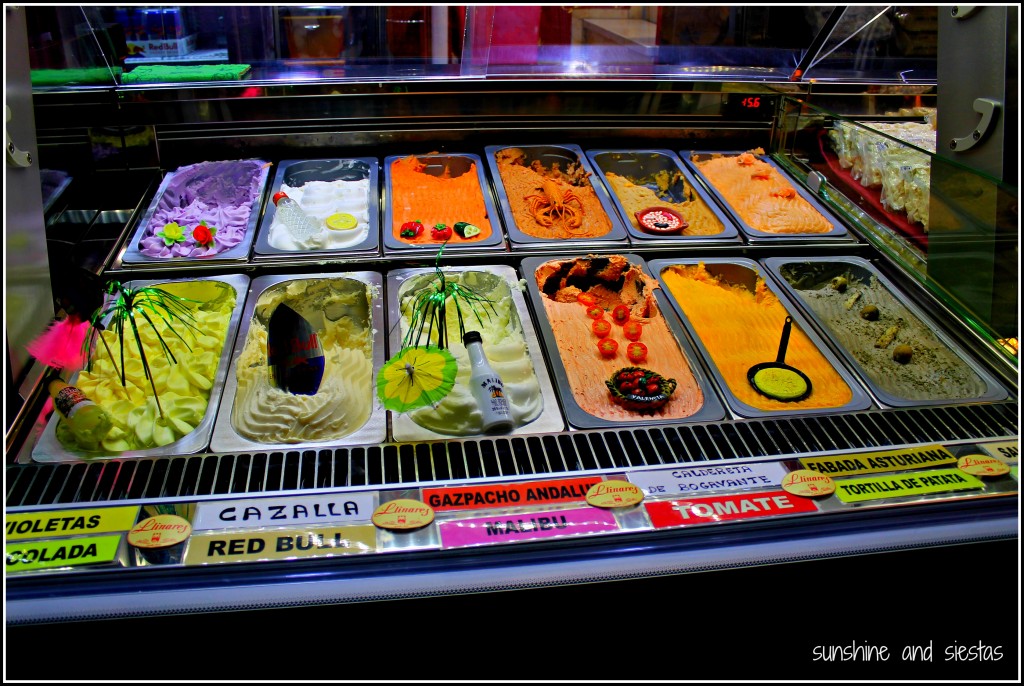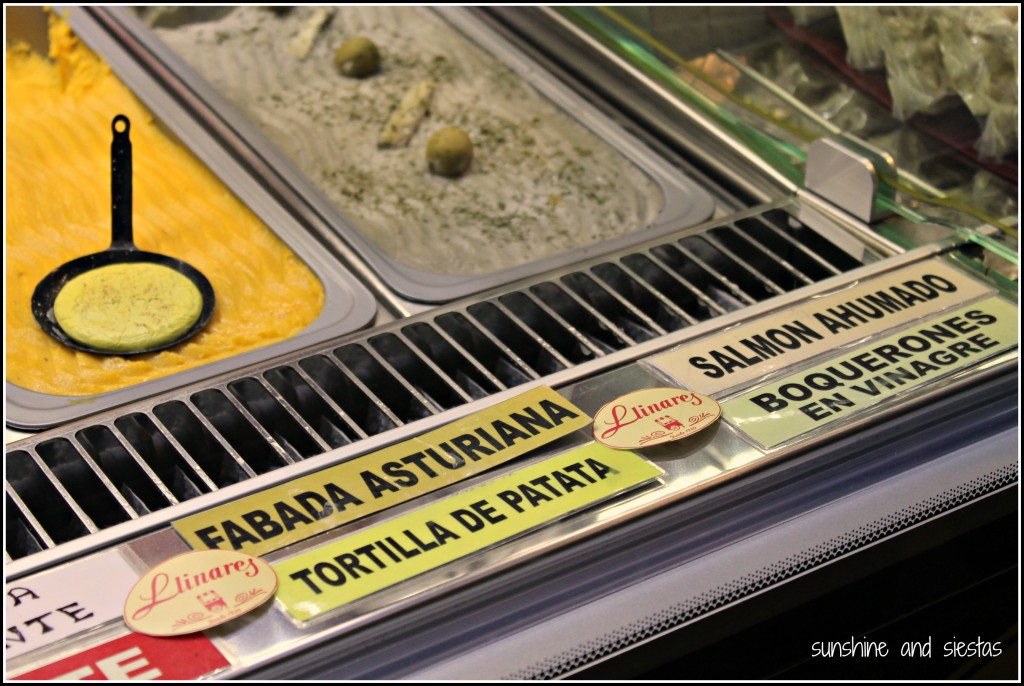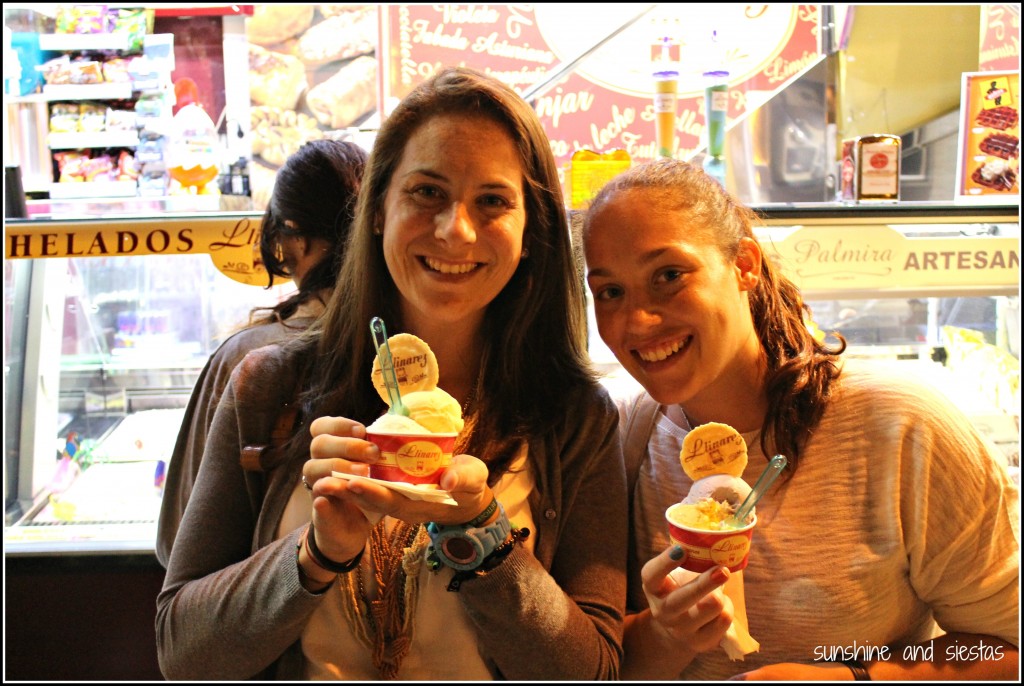The Llotja de Sede was once the Valencia’s major trading post, leaving behind a legacy as a great merchant city on the Mediterranean. Named as a UNESCO World Heritage Site in the late 1990s for its late gothic architecture and impact on commerce, the museum was crowned with gargoyles and inlaid iron and gold work.
Thanks to the wealth that Valencia once enjoyed as an important port and commercial city, the entire structure was built with no expense spared with the purpose of not only housing trade and tribunals, but also to show off the money the city brought in.
Having already been to Valencia several times each, Kelly and I beelined straight from our apartment near the Quart Towers to the Lonja, as it’s known in Castillian Spanish. After seeing where merchants once bartered and traded, we did a little but of our own shopping through Carmen’s boutiques and whimsical shops. Valencia had never really done it for me on my two previous visits – it seemed too brash with its nightlife and as if the Arts and Sciences complex had taken all the fun out of exploring the old city.
Being able to explore the grandiose halls and chapel of the Llotja and realize its impact on the city’s wealth and history made Valencia a little more humanized for me.
If you go: The Lonja de Sede is located in front of the Mercat Central in the Barrio del Carmen. The cost for non-students and non-residents is 2€, and you can visit between 1oam – 2pm and 4:30 – 8:30pm Tuesday – Saturday and from 10am – 3pm on Sundays. Plan about three-quarters of an hour to see the Great Trading Chamber, courtyard and tower.
